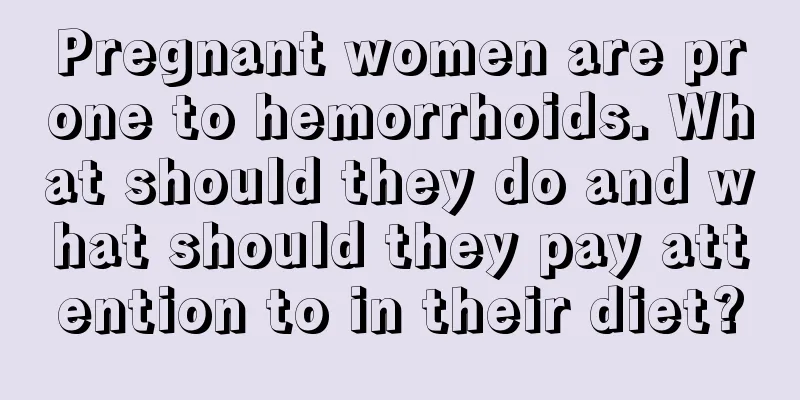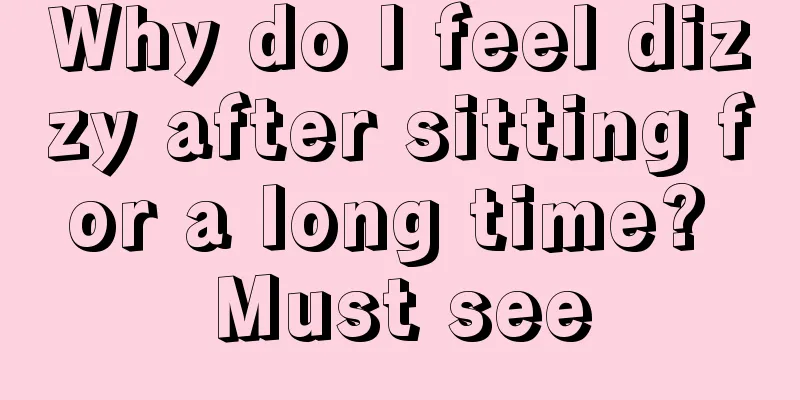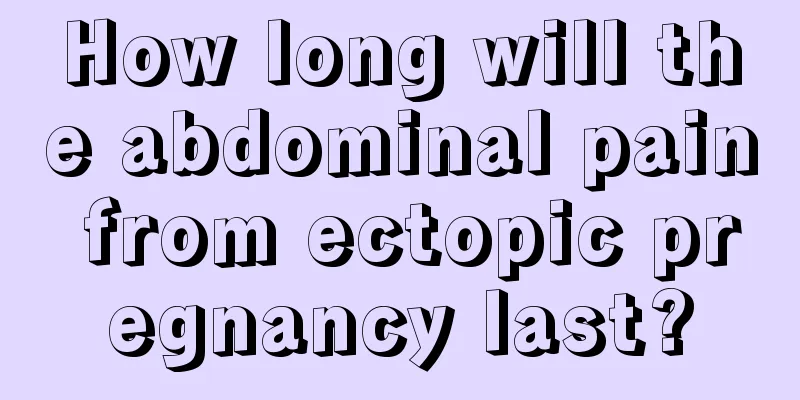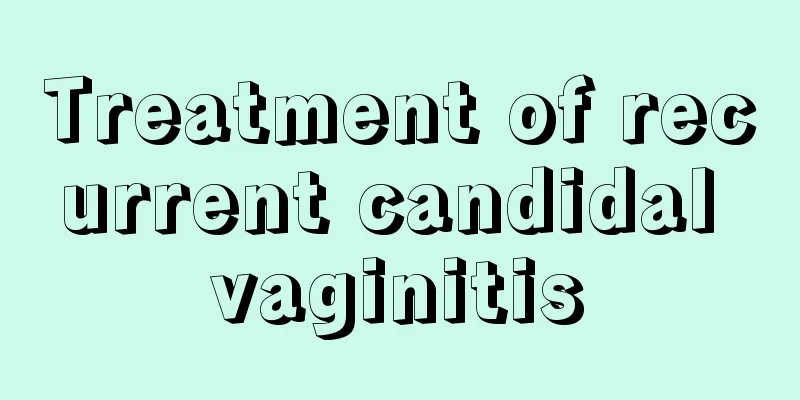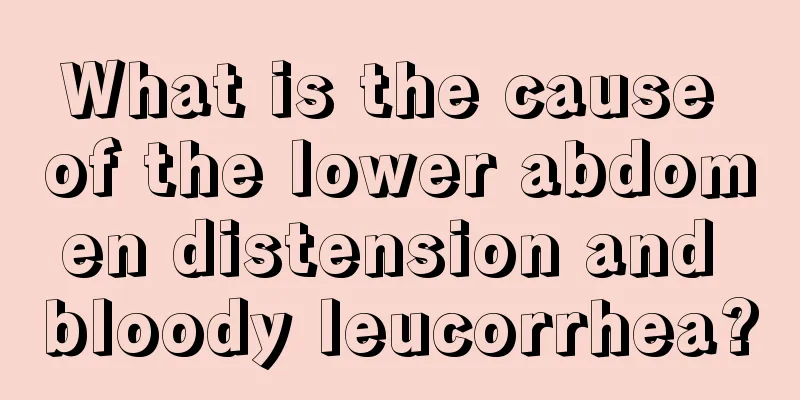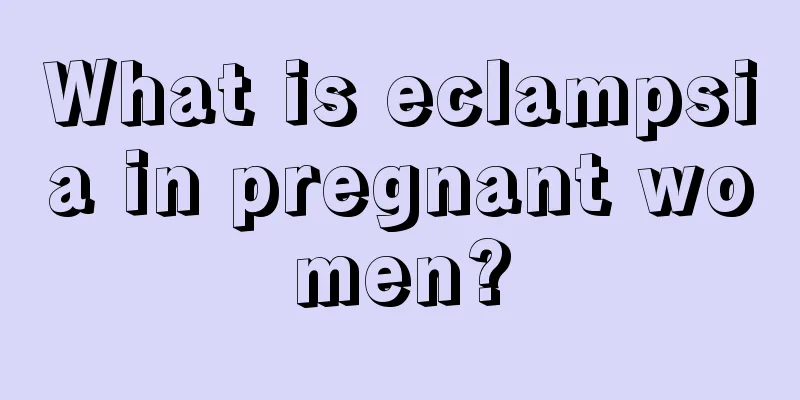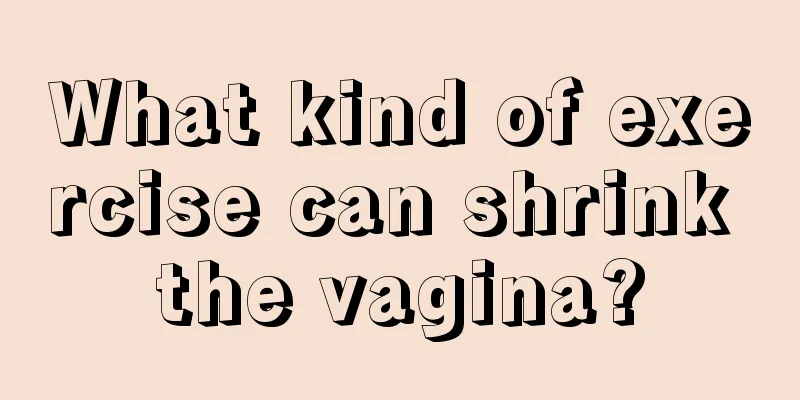What is the scientific method for treating cystic ovary?

|
Ovarian cysts are well-known to everyone. This is a common gynecological disease. In fact, it is a benign tumor. Women of any age can suffer from this disease, but middle-aged women are more likely to suffer from it. Although it is benign, it can still cause great harm. For example, it can cause abdominal pain and cause great harm to the health of women's reproductive system. How should it be treated? 1. Common treatments for polycystic ovary syndrome: 1. General treatment. Patients should actively exercise, reduce the intake of high-fat and high-sugar foods, and lose weight. This can cause the androgen level to drop, which is beneficial for restoring ovulation. 2. Laparoscopic surgical treatment. If the above two methods are not effective, laparoscopic surgery should be considered. Under laparoscopy, the follicles are punctured to reduce the androgen level, thus achieving the therapeutic goal. 3. Drug treatment. Drug treatment can counteract the effects of androgens and induce ovulation in the ovaries. You can stop taking the medicine after the hormone levels are tested normal. 2. Clinical manifestations of polycystic ovary syndrome: 1. Infertility. Primary infertility is more common. 2. Obesity. Or there is only weight gain but obesity is not obvious. 3. Hairy, especially on the upper lips, arms and lower limbs. There may be one to several long hairs around the breasts and the midline of the lower abdomen. 4. Gynecological examination may palpate one or both ovaries. 5. Oligomenorrhea, oligomenorrhea, and secondary amenorrhea. Anovulatory menstruation, menorrhagia, excessive menstruation or functional uterine bleeding. 3. Analyzing the causes of polycystic ovary syndrome, there are four factors: First: adrenal cortex dysfunction. Second: Impairment of pituitary gonadotropin secretion. Third: functional defects in the enzyme systems required for ovarian steroid biosynthesis. Fourth: It may also be related to chromosomal inheritance. 4. Can polycystic ovary syndrome be cured? Polycystic ovary syndrome, referred to as PCOS, is an endocrine disorder. It often occurs among women of childbearing age and occurs more frequently. So can it be cured? The answer is yes. As long as the patient cooperates with the doctor's treatment, there is still a way to treat it. |
<<: Pregnant women with bleeding gums should eat more of these
>>: Is dysuria in women related to kidney disease? Check and eliminate the cause in time
Recommend
Interview with Wu Meng: How magical are intestinal flora that can both cure diseases and cause diseases?
Introduction: Gut microbes are called the second ...
Enabling visually impaired patients to read without barriers
The 8th National Congress of the China Disabled P...
Pictures of itchy and red vulva
Vulvar itching is a common gynecological symptom ...
Can I play with my phone during my confinement?
Many female friends have had the experience of co...
Will drinking milk make your breasts bigger?
Can drinking milk every day help enlarge and beau...
Female thigh numbness
Under normal circumstances, if we are in good hea...
Can I do IVF if my ovaries are not functioning properly?
The health of the ovaries is vital to women. If t...
Is intermittent fasting good or bad for weight loss?
Cai Jiaqing, School of Basic Medical Sciences, Hu...
Infographic: SMS Marketing
90% of the world's population has mobile sign...
Lemon honey water, a must-have for women to lose weight
Lemon is a very popular fruit among women. It has...
How long can a woman live with kidney atrophy
Although organ transplantation technology has dev...
What to do if you have bleeding after a cesarean section
With the continuous advancement of medical care, ...
Can I not wear orthokeratology lenses during the summer vacation?
As an important means to slow down the growth rat...
What are the symptoms of ovulation after uterine curettage?
Although uterine curettage is a minor operation, ...
A hair suddenly grows on a woman's chin
There is a reason for the hair growing on every p...
